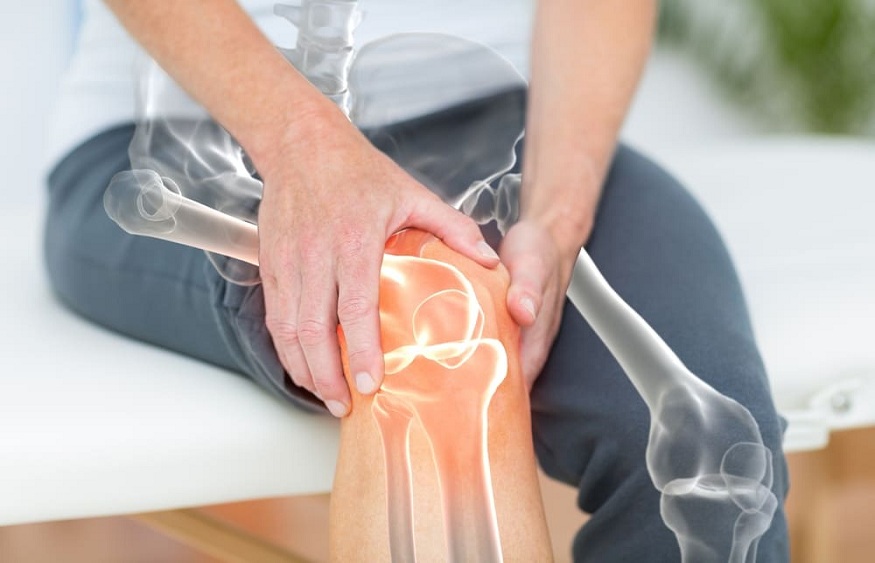Medical practitioners have spent the better part of the last five or six years debating the efficacy of platelet-rich plasma (PRP) injections as a treatment for knee osteoarthritis. Unfortunately, the amount of clinical data pointing in either direction is scarce. Even the most recent study on the topic offers little by way of answers. So, we are left with anecdotal evidence from patients themselves.
The study in question was a systematic review and meta-analysis of eleven previous studies. Its results were just published in the Journal of Arthroplasty. While the researchers behind the study were forced to conclude that PRP therapy is not superior to other treatments, they also acknowledged that PRP was favored in all eleven studies.
Structural Changes to the Knee
It should be noted that researchers reviewed the previous studies looking for evidence of structural changes in the knee following PRP therapy. They were not just interested in reports of pain relief. This is important for the simple fact that those practitioners in support of regenerative medicine believe that the procedures help the body naturally heal. In the case of osteoarthritis, this should ostensibly mean rebuilding and replacing lost cartilage.
Unfortunately, the eleven studies didn’t show that PRP led to more structural changes than any of the other treatments. In fact, PRP therapy did no better or worse than the other options. So why was the therapy favored by all the previous studies? Because patients did report pain relief.
The Mechanism Is Unknown
A lack of structural changes in an arthritic knee does not necessarily imply that PRP therapy is ineffective as an osteoarthritis treatment. In fact, the pain doctors at Lone Star Pain Medicine in Weatherford, TX explain that honest clinicians will admit that the actual mechanism behind PRP injections is still unknown. We speculate on the natural healing angle, but clinical prove to that effect is lacking.
Not knowing the mechanism is not the same thing as dismissing PRP injections as quackery. One still cannot deny that patients report less pain after a full treatment regimen. Why this is so isn’t quite clear. Could the natural healing angle be completely off base? Absolutely. But then that means there is some other mechanism in play. That is what studies should be looking at next.
Safe and Possibly Effective
If nothing else, this most recent study is by no means an indication that people should avoid PRP injections. As long as clinicians follow the established FDA rules involving minimally manipulated autologous material, PRP injections are completely safe. Many patients also report them to be effective.
PRP injections are an alternative to long term pain medication. So for patients who don’t do well with analgesics and really aren’t interested in replacement surgery, PRP may be worth a try. If it works, it could provide significant pain relief for an extended amount of time. And if not, then the patient can move on to long-term pain medicine or invasive surgery.
More Clinical Research
To understand what is going on here, we really need to have more clinical research. That research may remain fleeting as long as the process for satisfying the FDA remains so time-consuming and costly. As things currently stand, regenerative medicine practitioners do not need further FDA approval as long as they abide by existing rules. There is very little incentive for them to invest millions in clinical trials at this point.
Does PRP therapy reduce knee pain in osteoarthritis patients? If so, this latest study fails to explain why. In fact, it doesn’t give us much useful information at all.




